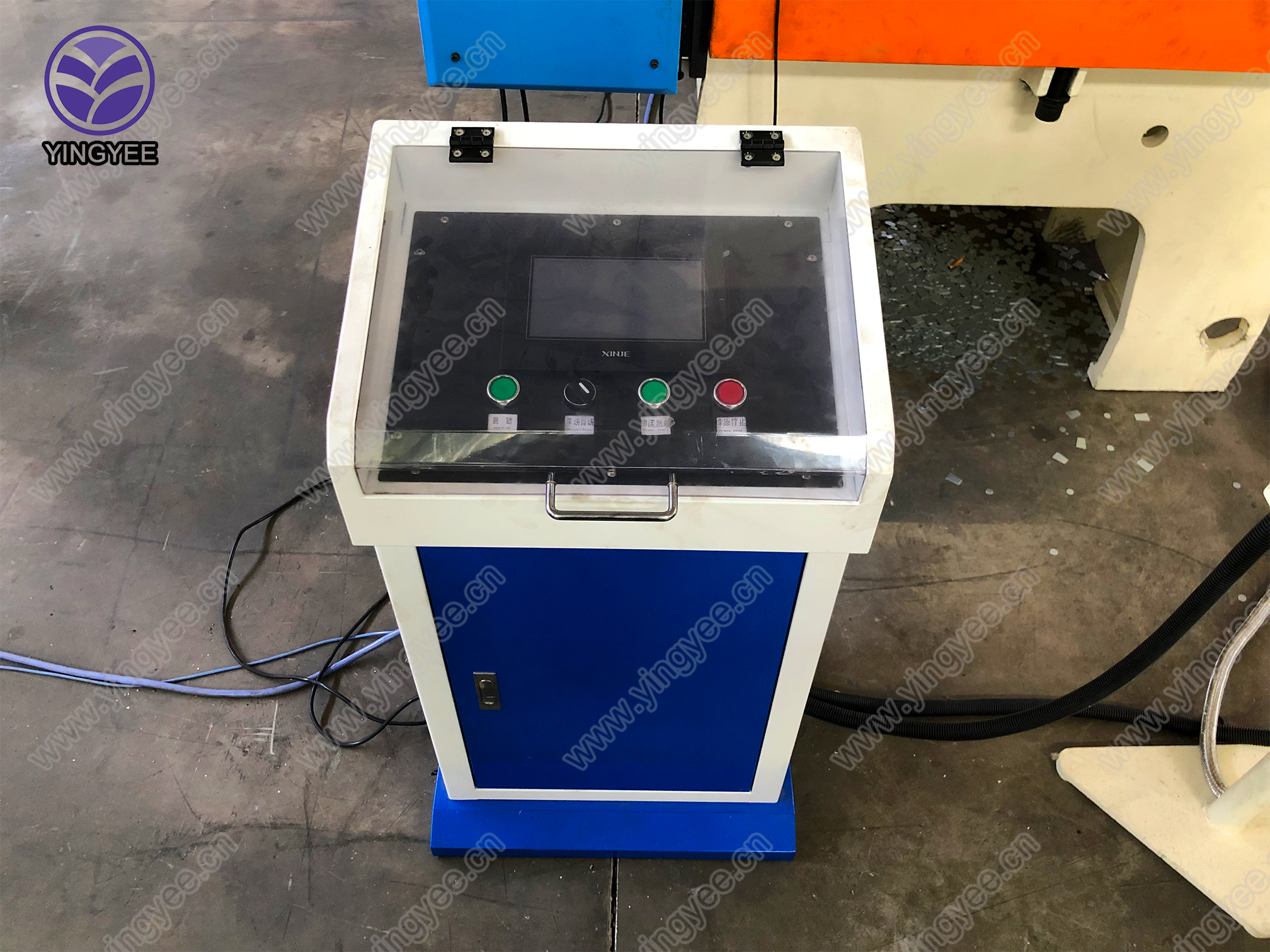
The Role of Solar Tracking Steel Channel Roll Formers in Renewable Energy
As the world increasingly pivots toward sustainable energy sources, solar power has emerged as a front-runner in renewable technology. One of the critical innovations enhancing the efficiency of solar energy systems is the implementation of solar tracking systems. These systems not only improve the energy output of solar panels but also necessitate the production of robust structural components, such as steel channels. This is where solar tracking steel channel roll formers come into play, revolutionizing the manufacturing process and reinforcing the infrastructure of solar energy systems.
Understanding Solar Tracking Systems
Solar tracking systems are designed to optimize the angle of solar panels throughout the day, ensuring that they capture maximum sunlight. By adjusting the orientation of the panels to follow the sun’s trajectory, these systems can significantly increase energy production—often by 20% to 40% compared to fixed installations. The effectiveness of these systems hinges on the materials and structure that support them, making the role of steel channels indispensable.
The Need for Steel Channel Roll Formers
Steel channels act as the backbone of solar tracking systems, providing the necessary support to withstand environmental stresses such as wind and snow load. Manufacturing these channels involves precision engineering, which is where roll formers come into play. A solar tracking steel channel roll former is a specialized machine designed to produce these channels with high efficiency and precision.
Roll forming is a continuous bending operation in which long strips of metal are passed through consecutive pairs of rolls. It allows for the creation of complex profiles with consistent dimensions, making it ideal for producing the long, uniform channels required for solar tracking systems. This method of production not only enhances the structural integrity of the channels but also reduces waste, making it a cost-effective solution for manufacturers.
Advantages of Solar Tracking Steel Channel Roll Formers

1. High Efficiency Roll forming machines automate the production process, which leads to higher output rates compared to traditional methods. This efficiency is crucial in meeting the growing demand for solar energy infrastructure.
2. Precision Engineering The precision in roll forming ensures that each channel meets the required specifications, allowing for seamless assembly during installation. This accuracy reduces the chances of structural failure and enhances the longevity of the solar tracking systems.
3. Material Versatility While steel is the most common material used, roll formers can be adjusted to handle a variety of metals, allowing for adaptability based on different project needs or environmental conditions.
4. Cost-Effectiveness The speed and efficiency of roll forming not only lower manufacturing costs but also enable more competitive pricing in the market. This is particularly essential in the renewable energy sector, where affordability can influence broader adoption.
5. Sustainability By streamlining the manufacturing process and minimizing waste, roll formers contribute to more sustainable production practices—aligning with the overarching goal of the renewable energy sector to reduce environmental impact.
Conclusion
Solar tracking steel channel roll formers represent a critical link in the chain of solar energy production. By providing the structural integrity needed for effective tracking systems, these machines play a vital role in harnessing one of the cleanest energy sources available. As the demand for solar energy continues to grow, innovations in manufacturing processes such as roll forming will ensure that the infrastructure is not only efficient but also sustainable. Investing in technology that enhances the production of solar components is an investment in a greener, more sustainable future.